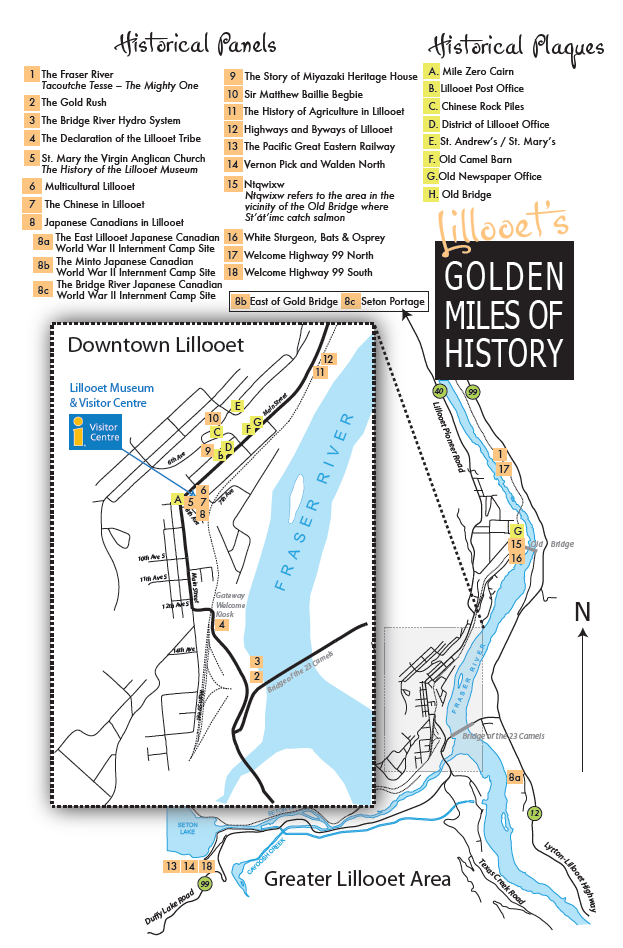British Columbia is the number one source of jade in the world today. The history of jade in Lillooet is from time immemorial.
Jade is part of the geographical history of the region and can still be found on the shores of the local rivers and in the surrounding mountains. Jade is found only in certain unique areas where two rock formations shift, thereby allowing jade to surface from its source fifteen miles deep under the earth’s crust. Lillooet is lucky to be one such rare place.
The local First Nation community used jade as a trade staple - trading north, south, and west within other Indigenous communities. Jade was used to make axes, deer scrapers, tools for daily use, and ceremonial figures.
The Chinese gold miners were amazed to find jade here when they came to construct the railways and to search for gold. Gold was their cash source, but jade held a special honour in their hearts, where it was thought to bring health, wealth, and happiness. British Columbia's rich jade heritage served much of 19th century Chinese nephrite jade carving.
Jade is still being found along the rivers and local rock-hounders, including First Nations people, have collected and worked with jade over the years. Their commitment and donations have led to the Jade Monuments Project.

